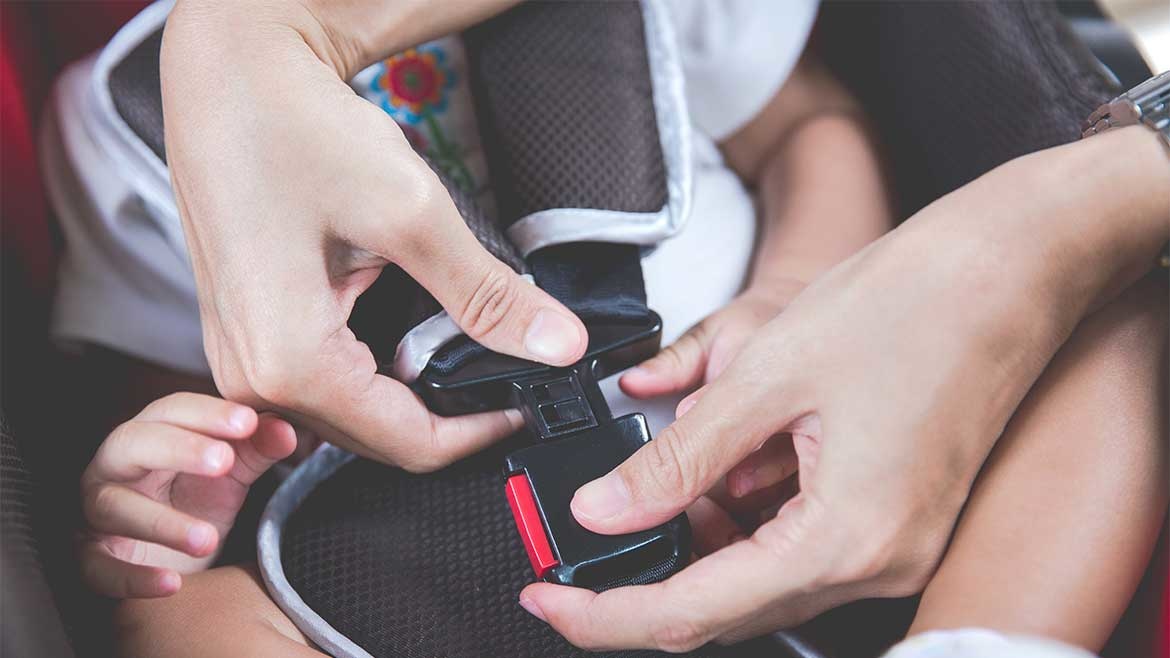Child Car Seat Safety Tips

When it comes to child passengers and driving, many don’t know how important it is to pay attention to the small details of installing your child’s car seat. Approximately 73% of car seats are not installed properly, which is a dangerously high percentage compared to the amount of car accidents there are daily. Provided is information and steps on selecting and installing your child’s car seat along with extra precautions on ensuring your child car seat safety.
1. Selecting your child's car seat
It’s very important to look into the specs of a child car seat; you need to make sure that the car seat you purchase is appropriate for your child’s age, height, and weight. Once you have this information, select the proper car seat with measurements that’ll match your child. You can find these measurements on the car seat’s label or manual.
Other factors you need to look at are the car seat’s crash history and expiration date. If the car seat has ever been in a car crash and/or broken, it must immediately be replaced. It is better that you don’t purchase used car seats without knowing its history, so if you must purchase a used car seat, buy it from someone you know and can ask them thoroughly about its details. As for expiration dates, you can find these on the seat’s label as well. They usually last up to six years after which you must dispose of it in a trash bag.
2. Installing your child's car seat
The process in which you install a car seat depends on multiple elements. If you have an infant, you must install a rear-facing car seat for as long as possible until they’ve outgrown it, usually until they’ve reached the age of 2 years old. This helps to protect the child’s head, neck and spine from possible injuries. Once your child outgrows the seat, switch them over to a front-facing car seat.
Install the seat by attaching the top tether after you’ve tightened and locked the seat belt or lower attachments. If your child does not yet meet the weight limits for the seat, keep the lower attachments on until he or she does. You can find the weight limits by looking at the car seat and car manufacturer manuals for any weight limit requirements. When your child reaches the limit, you can unhook the lower attachments and start using the seat belt instead.
When you have finished installing the car seat, go through these exercises to make sure it’s been installed properly:
Inch Test: Give the child car seat a tug away from the seat it’s attached to. If it has been installed correctly, the child car seat won’t move any more than an inch.
Pinch Test: Pinch the strap right by your child’s shoulder, if you are unable to grab any excess webbing, then the seat strap is tight enough.
If you don’t fee comfortable installing the car seat by yourself, contact your nearest child passenger safety technician. They can walk you through the step of installing the seat and also evaluate the safety of your car.
Last but not least, set a good example for your child by putting on your own seat belt while driving. Make sure that all of your passengers follow your instructions as well, assuring everyone’s safety.
Advocate for Change
When you pledge to practice responsible, courteous, and safe habits on the road, you become a Drive Aloha Ambassador. We’ll send you a Drive Aloha window decal to proudly display your commitment to promote traffic safety!

